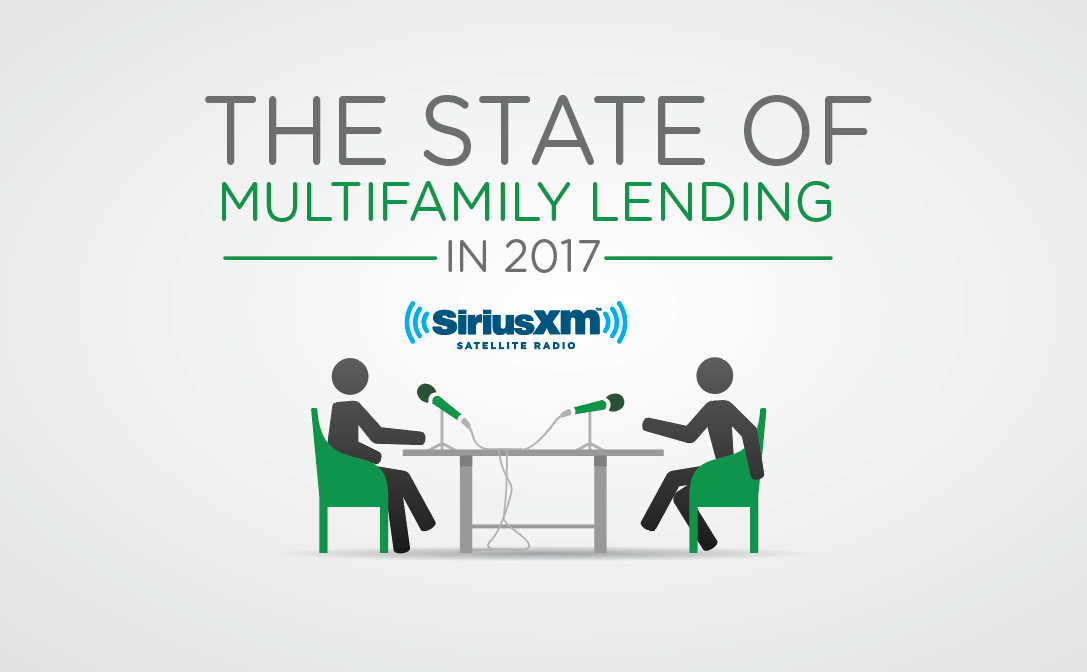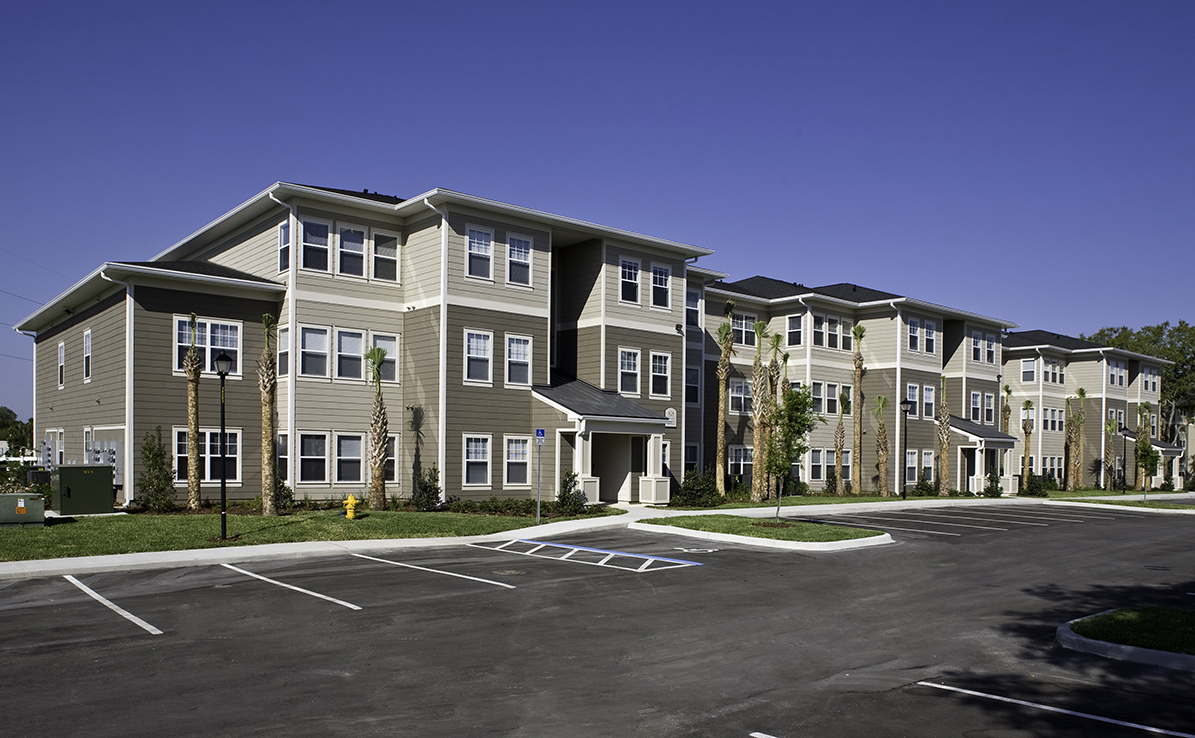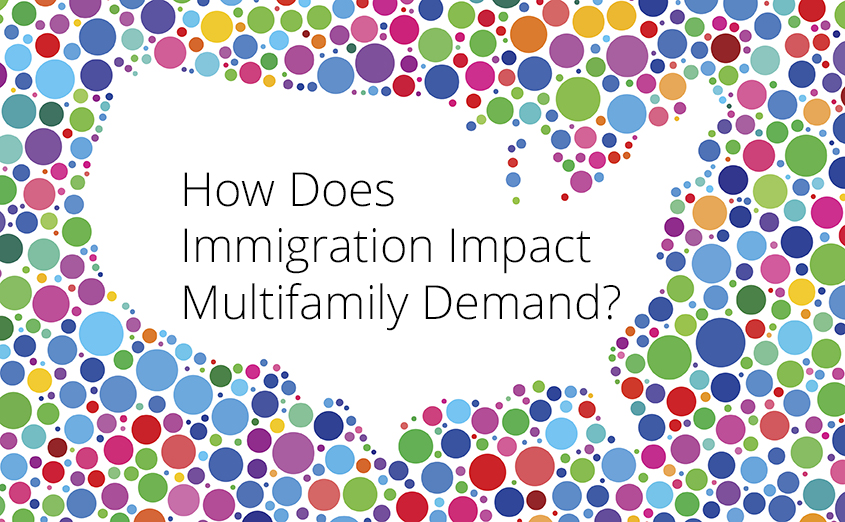The U.S. multifamily market remained strong to start 2024. Now that pandemic-related migration trends have settled, a diverse group of markets has risen to the top of the rent growth list.











The U.S. multifamily market remained strong to start 2024. Now that pandemic-related migration trends have settled, a diverse group of markets has risen to the top of the rent growth list.
The average renter thinks there is a three-in-five chance they will still be in the rental market in 2027, according to the New York Federal Reserve’s recently released 2024 SCE Housing Survey. Compared to last year, the probability of the average renter not becoming a homeowner in the next three years was up 4.3 percentage points, reaching its highest mark since the study began in 2015.
Small multifamily’s performance continues to conform to pre-pandemic norms typically seen before the historic boom years of 2021 and 2022. In the first quarter of 2024, cap rates and asset prices both improved quarter-over-quarter, Arbor’s Small Multifamily Investment Trends Report Q2 2024, developed in partnership with Chandan Economics, has found. The subsector’s fundamental strength will support steady growth amid tight credit conditions until interest rate relief invites increased investment activity.
Key fundamentals of the U.S. multifamily remained strong to start 2024. Despite fears of oversupply, rent growth remained stable and vacancy rates remained near historical lows.
For more than 30 years, Arbor has been committed to building strong bonds with clients that lead to mutual success. This philosophy is at the heart of a unique Arbor marketing campaign, The Art of Growing Financial Partnerships, which received two awards at the 30th Annual Financial Communications Society (FCS) Portfolio Awards Gala in New York City on May 2. The campaign, which was featured in two private jet terminals, used original stained-glass pieces to build brand awareness among high-net-worth travelers.
Even as rents retreated elsewhere, single-family rentals (SFR) have continued to outperform all other housing sub-types, exceeding the all-property type national average in 17 consecutive months through February 2024, according to Zillow’s Observed Rent Index (ZORI). Annual SFR rent growth has seen substantial gains in many metropolitan areas since national rent growth peaked in March 2022. In this deep dive, the Chandan Economics and Arbor Realty Trust research teams pinpoint the metropolitan areas where SFR rents are rising the fastest.
Building on a commitment to developing young talent, Arbor has added another meaningful milestone to its tradition of excellence, launching the Arbor Scholarship Award Powered by Project Destined. It awards two students who embody high integrity, persistence, and a passion for a commercial real estate career with $1,000 and provides mentorship from Arbor executives.
For more than 30 years, Arbor has been committed to growing financial partnerships that meaningfully impact communities nationwide. From planting trees to celebrate closed loans to supporting environmental organizations, our work has always been a win-win for our financial partners and the planet. But just as leaves change with each passing season, Arbor’s branding is evolving to seize the moment by embracing our roots with True Colors.